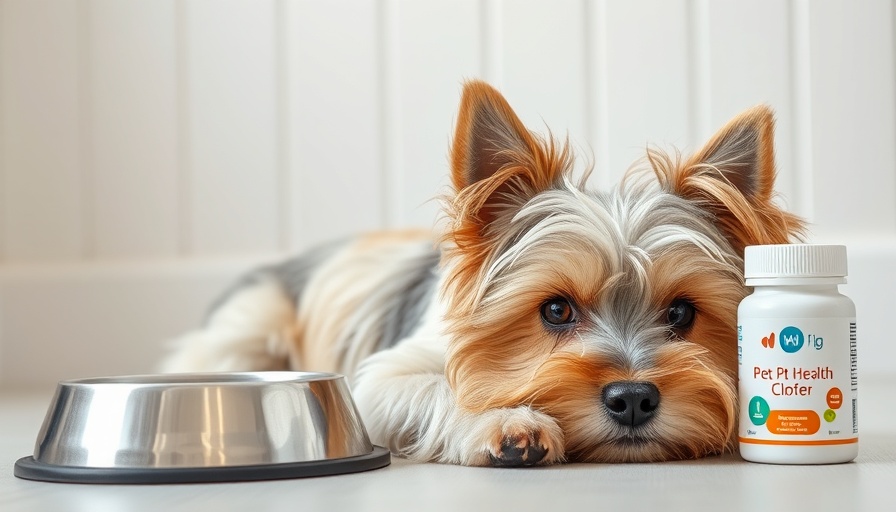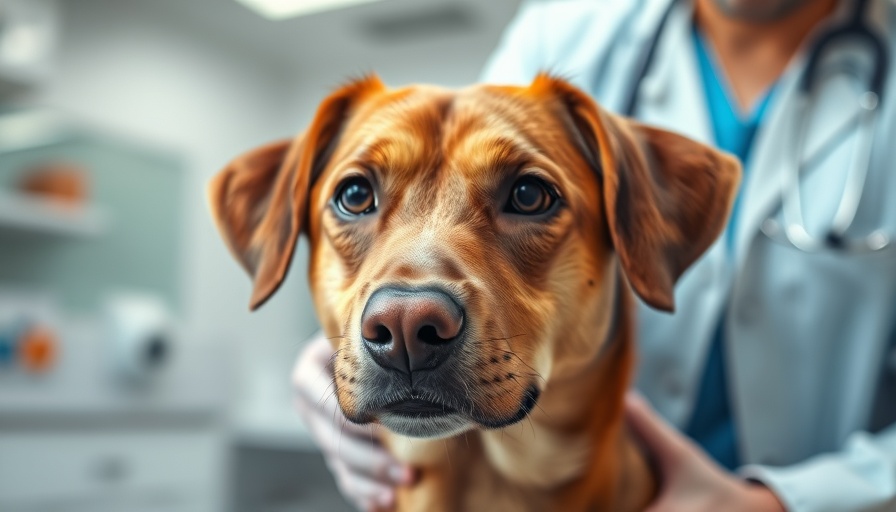
Are Flea and Tick Treatments Safe for Pets?
Pet owners often face a dilemma when it comes to flea and tick treatments. While these products are essential for keeping our pets safe from parasites, recent research raises grave concerns about their effects on both animal health and the environment. Chemicals such as imidacloprid and fipronil, which are commonly found in these treatments, have been banned for agricultural use due to their toxicity. Yet, they remain available in products for our beloved pets, leaving many to wonder about the safety of these treatments.
Understanding the Impact of Pesticides on Wildlife
Imperial College London researchers have found that chemicals from flea and tick treatments are contaminating U.K. rivers and ponds, significantly affecting local ecosystems. Notably, these substances can degrade stream communities, even at low concentrations. This contamination is not just a risk for aquatic life but also poses a danger to birds and beneficial insects like bees, suggesting a domino effect that endangers biodiversity.
How Chemicals Enter Our Waterways
One of the main routes of chemical exposure to the environment occurs when pets are washed. The residual chemicals from spot-on treatments, collars, or oral medications wash off during bathing and eventually make their way to drains and, ultimately, waterways. Also, improper disposal of pet waste may contribute to this issue, leading to higher concentrations of these harmful chemicals in urban areas, particularly near wastewater treatment plants.
Why Are These Chemicals Still Allowed?
The contradiction is alarming. Despite mounting evidence of their harmful impact on both pets and the environment, these harsh substances remain legally available for pet use. The sheer volume sold highlights the pet market's growing demand for these treatments, raising questions about regulatory oversight and the responsibilities of manufacturers in safeguarding both pet and environmental health.
Pet Owners: What Can You Do?
As a responsible pet owner, understanding the risks associated with these products is crucial. There are several steps you can take to minimize exposure to harmful chemicals:
- Explore natural alternatives for flea and tick prevention. Essential oils, diatomaceous earth, and regular grooming can help manage infestations without resorting to chemical treatments.
- Be mindful of where you bathe your pets. Choosing an outdoor space with proper drainage can help prevent chemicals from entering local water sources.
- Stay informed about pet products, advocating for transparency and safety from manufacturers.
Creating a Safe Environment for Your Pets
Ultimately, the well-being of our pets and the health of the planet are interconnected. Animals like dogs and cats are part of the ecosystem, and their treatments greatly affect their surroundings. By choosing safe grooming practices and voicing concerns about the content of pet products, we can advocate for more responsible legislation. Advocating for cleaner, more sustainable practices not only protects our pets but also fosters healthier ecosystems for future generations.
 Add Row
Add Row  Add
Add 




Write A Comment